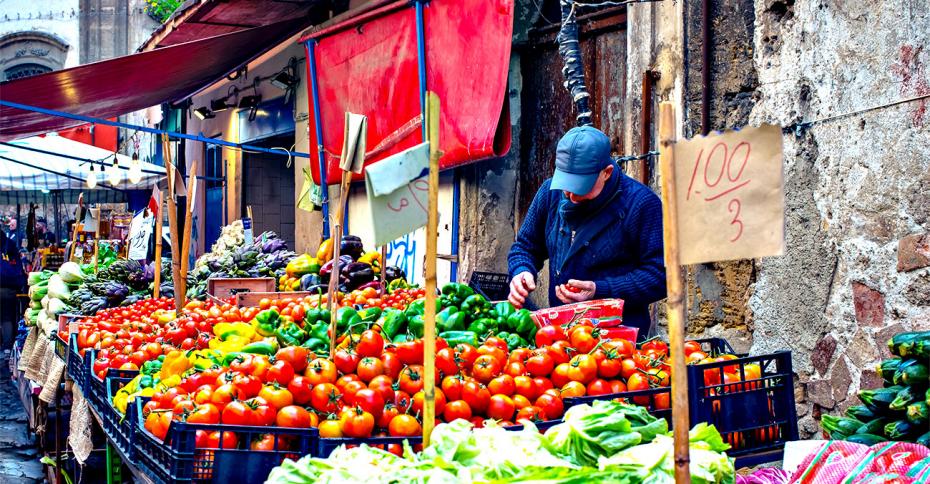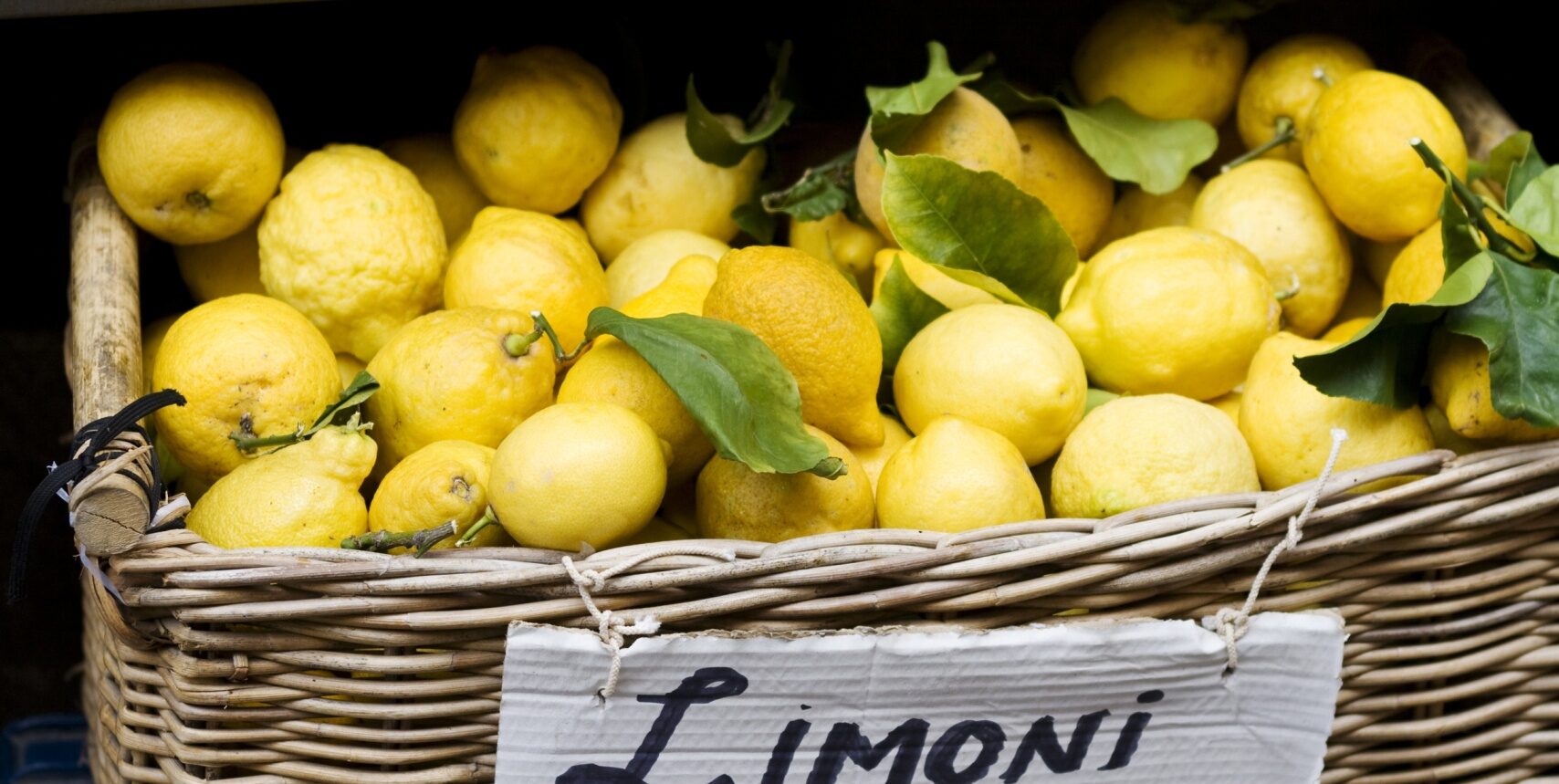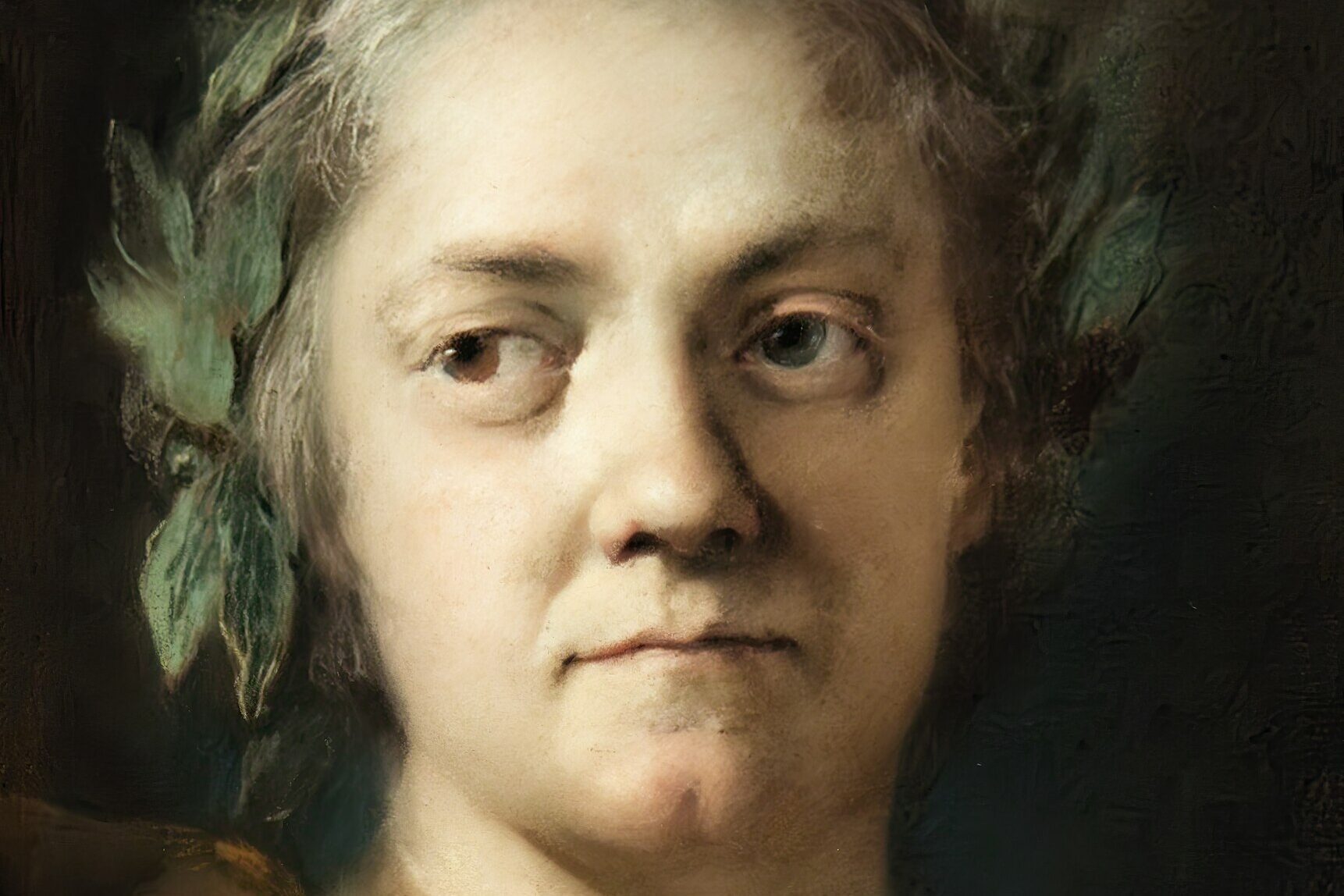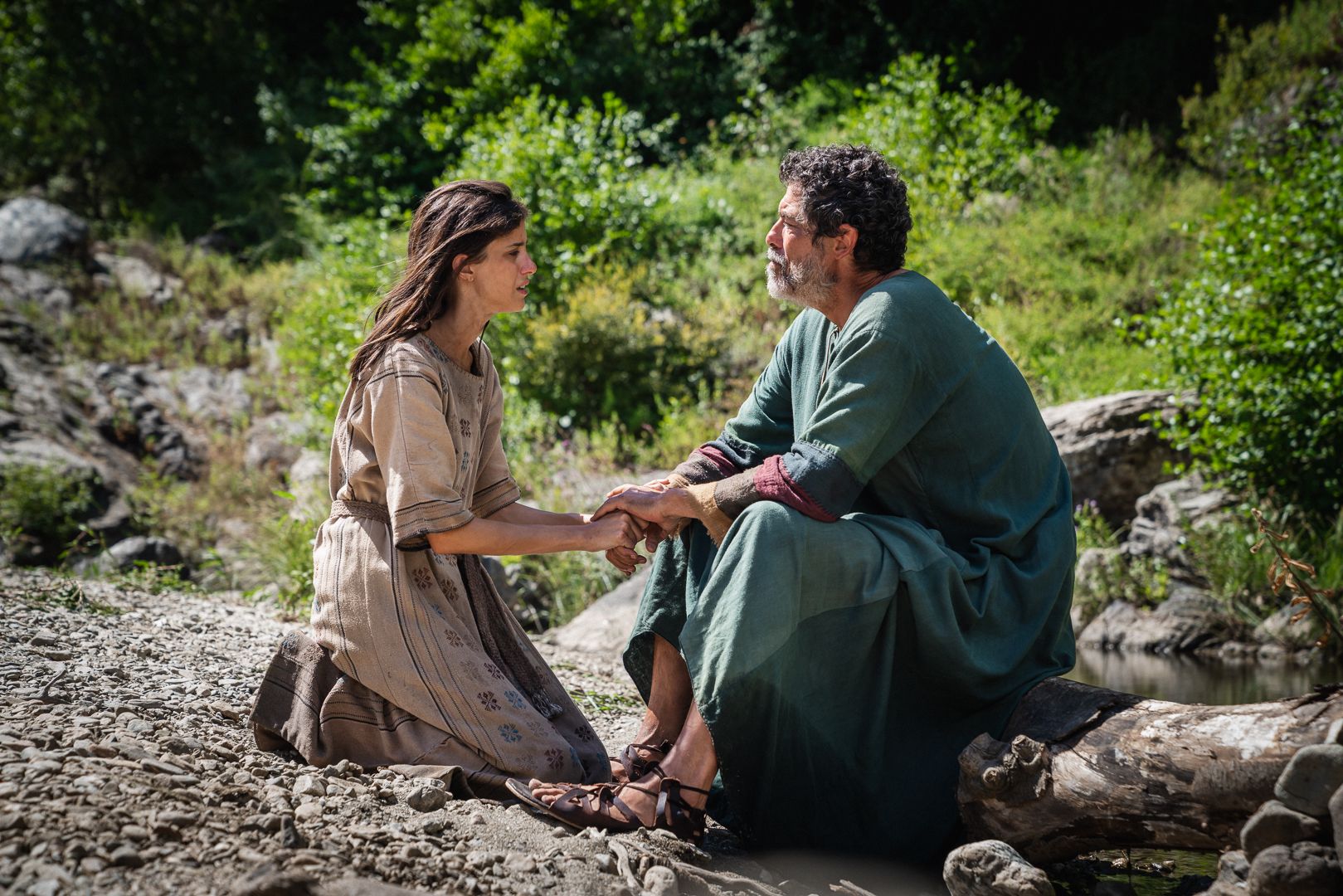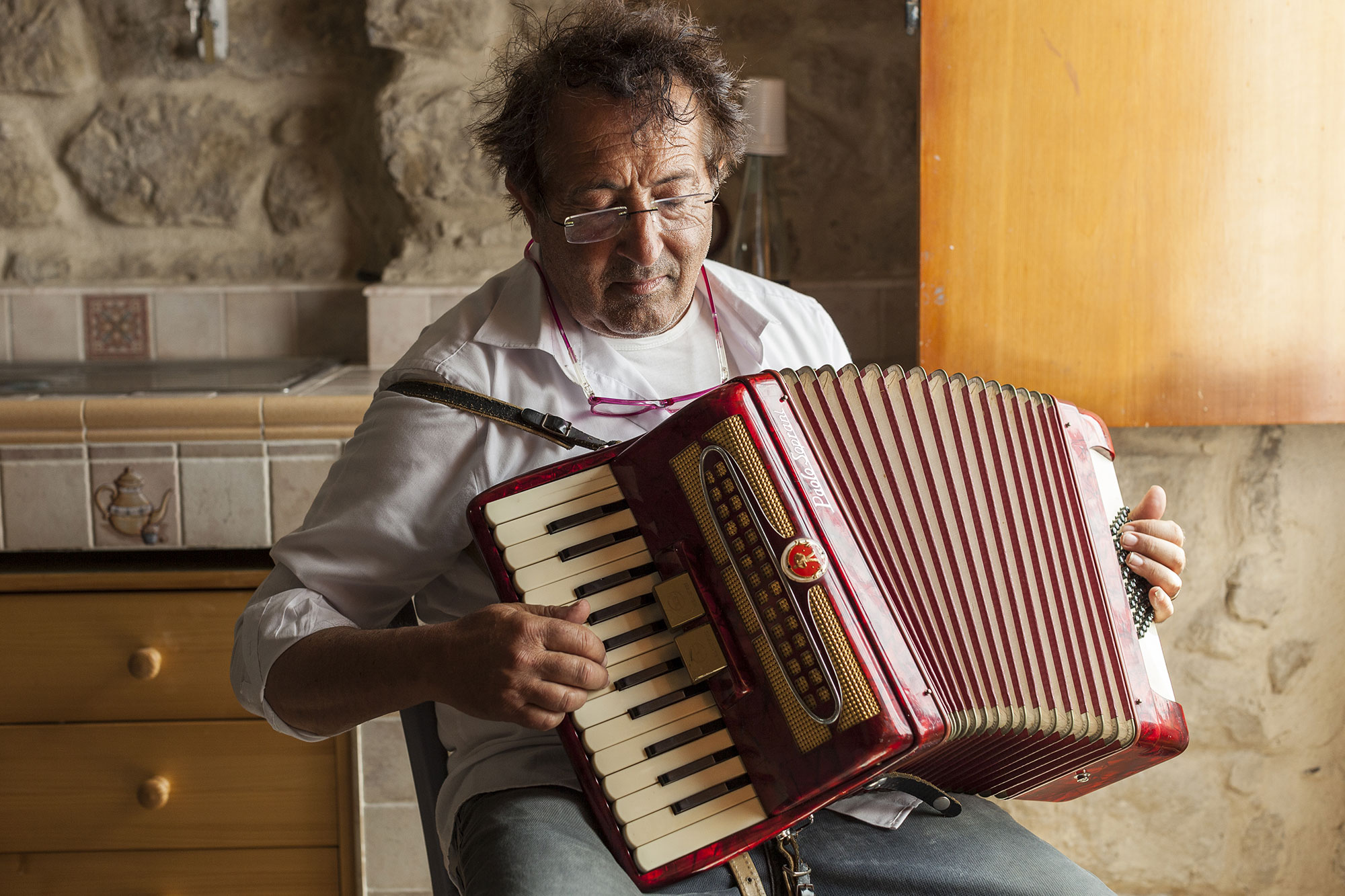I was utterly charmed by Palermo when I was there less than a week ago. I admit to have been somewhat wary of it last time I visited. It was a combination of the bumper-to-bumper traffic; the accommodation (which although pretty, was smack bang in the middle of the Palermo of old, with its rather run-down buildings and slightly sinister narrow sparsely populated streets); and the fact that I probably hadn’t done enough research (so ended up in the night time market in “la Vucciria” with all sorts of shady characters eyeing me off suspiciously). This time around has been quite the opposite. It was helped by the fact that I didn’t drive, my accommodation was in a smart part of town close to Teatro Massimo and I went on a walking tour with Giorgio from Palermo Street Foods, who not only showed me all the markets and hidden foodie parts of town, but allowed me to see first hand the open generous heart of the local Palermitani.
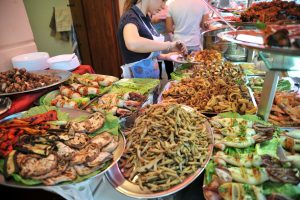
Giorgio is a walking and talking encyclopaedia of all things to do with Palermo, in particular the food (“I could talk all day about it, just tell me when to stop”). We had a quick chat and determined that he would take me to some foodie places that were outside of the regular tour. After explaining the differences between a rosticcieria and a tavola calda (neither words exist in English), he took me to I Cuochini, a rosticcieria in the city, accessed through a tiny courtyard. It reminded me of Istanbul, with its narrow laneways and hidden places frequented only by locals. In 1826 the space where I Cuochini is placed was the kitchen of a rather grand house, hence its out of the way location in 2015. They sold all sorts of delicious bite-sized treats including arancini, brioscine, pasticcini and a “timballo di cappellini, that can be eaten at I Cuochini or packaged up to take away.
Giorgio was keen to take me to the shop where he buys cheese – he said it is authentic and family run. It is located on Corso Finocchiaro Aprile and run by Signor Garofalo. It has no name but is simply known by the locals as “a putia ru formaggio “(the cheese shop). We bought a small selection of cheeses to taste and have with bread a bit later: fresh sheep’s ricotta, sheep’s milk primosale, pecorino pepato, 6 month aged caciocavallo (cow’s milk) and 6 month aged pecorino. The cheeses are all made by local farmers using non-commercial methods. The ricotta was creamy, delicate and so fresh that Giorgio said he could easily “swim in it”. Old Signor Garofalo served us. He is 85 and has worked in the shop, which was started by his father (so you can imagine how long the shop has been around for) all his life. He works at the front counter (his son mans the back counter), surrounded by huge slabs of pecorino.
We then made our way to the markets, starting off with the Capo market and ending in the Ballaro’ market. If you have not been to these vibrant colourful markets, you have not seen the real Palermo. The vendors are loud and passionate and their produce is seasonal, fresh and very cheap. Palermo is known for its fish so there were fishmongers galore, selling swordfish, squid, mackerel, sardines, red mullet and many more local catches. It being December, artichokes and broccoli (which is what they call pale green cauliflowers here) were in season, their leaves and discarded stalks spilling over pathways. There were crates of snails for sale and boxes of citrus fruit everywhere; delicatessen goods like baked ricotta from Corleone and the plumpest Sicilian olives; and pastry shops with shelves of fig-filled ring-shaped Buccellato. Although we stopped at the meusaro and the frittolaro, I did not try these traditional Palermitan street foods pani ca meusa (spleen cooked in lard in a bread roll) or the frittola (small pieces of veal that would otherwise be discarded fried in lard and served in a bread roll – and very different to the sweet apple frittole my mother who is Veneta makes) – through I very much enjoyed the panelle (chickpea fritters), cardoons in batter and a couple of other traditional snacks including fish meatballs.
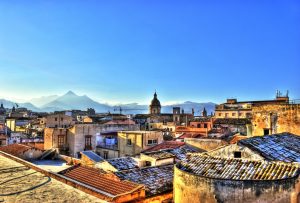
The markets have a real sense of place and history, but are also the face of the contemporary community. The island of Sicily has long been a melting-pot of different cultures and this is very evident in its markets. The richness of languages and faces ebb and flow with world political, social and environmental tides and become part of the fabric of old Palermo. It makes for a vibrant and exciting place and one that should be on everyone’s bucket list – to see for the first time or to visit again. I highly recommend having a guide to not only improve your knowledge of what you are seeing but to know which vendors are authentic. For example, there are several stalls that sell anchovies and salt-preserved fish but only one where they are still hand prepared as per traditional methods. This kind of insider insight is priceless.
Just under two days in Palermo is nowhere near enough time, but all that I had available. Luckily I will be back in September 2016 when I am running a workshop with Fabrizia Lanza at her cooking school at Case Vecchie, which is a couple of hours south of Palermo. As part of the workshop we will be spending time with a ricotta cheese maker and learning how he makes his sheep’s milk ricotta (which if it is anything like the one Signor Garofalo sells, will make me a very happy woman). Visit the Anna Tasca Lanza Cooking school website at http://www.annatascalanza.com and look under “courses” to find out more about the workshop. A visit to the markets when I come back will definitely be on the cards, as will a visit to Signor Garofalo’s magnificent cheese shop, a stop at I Cuochini and a quick caffè with Giorgio.
Paola Bacchia is an Italian-Australian food blogger. Her award winning blog “Italy On My Mind” tells the story of family memories and their connections to food. Connect with Paola at http://italyonmymind.com.au
Instagram: italyonmymind, Facebook: Italy on my Mind

